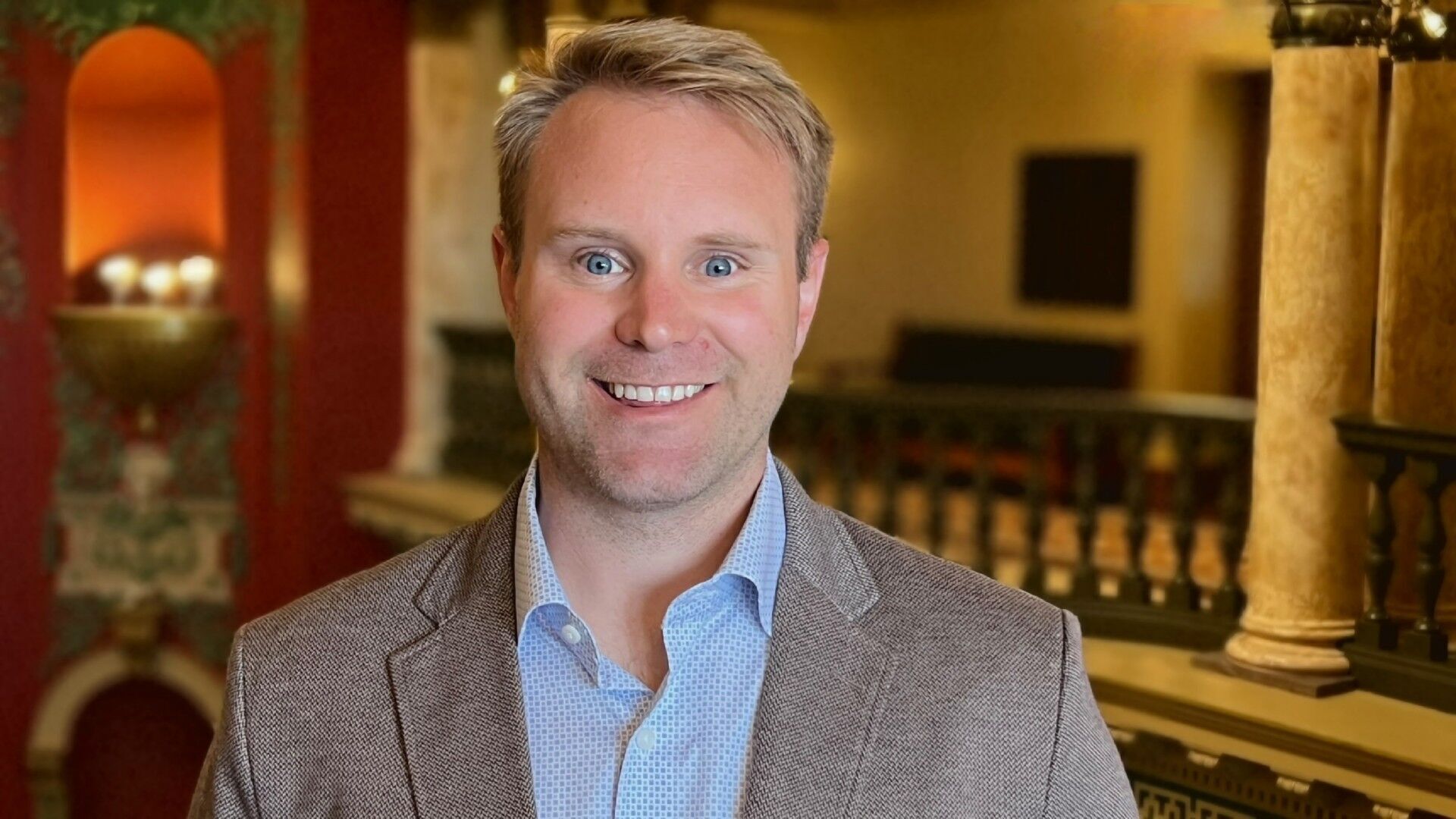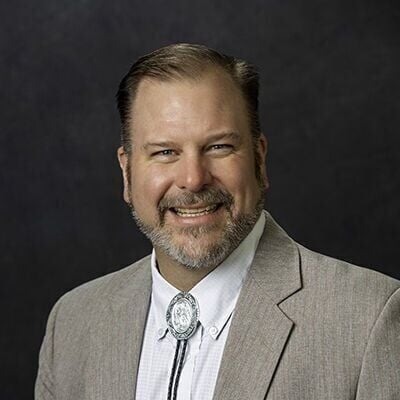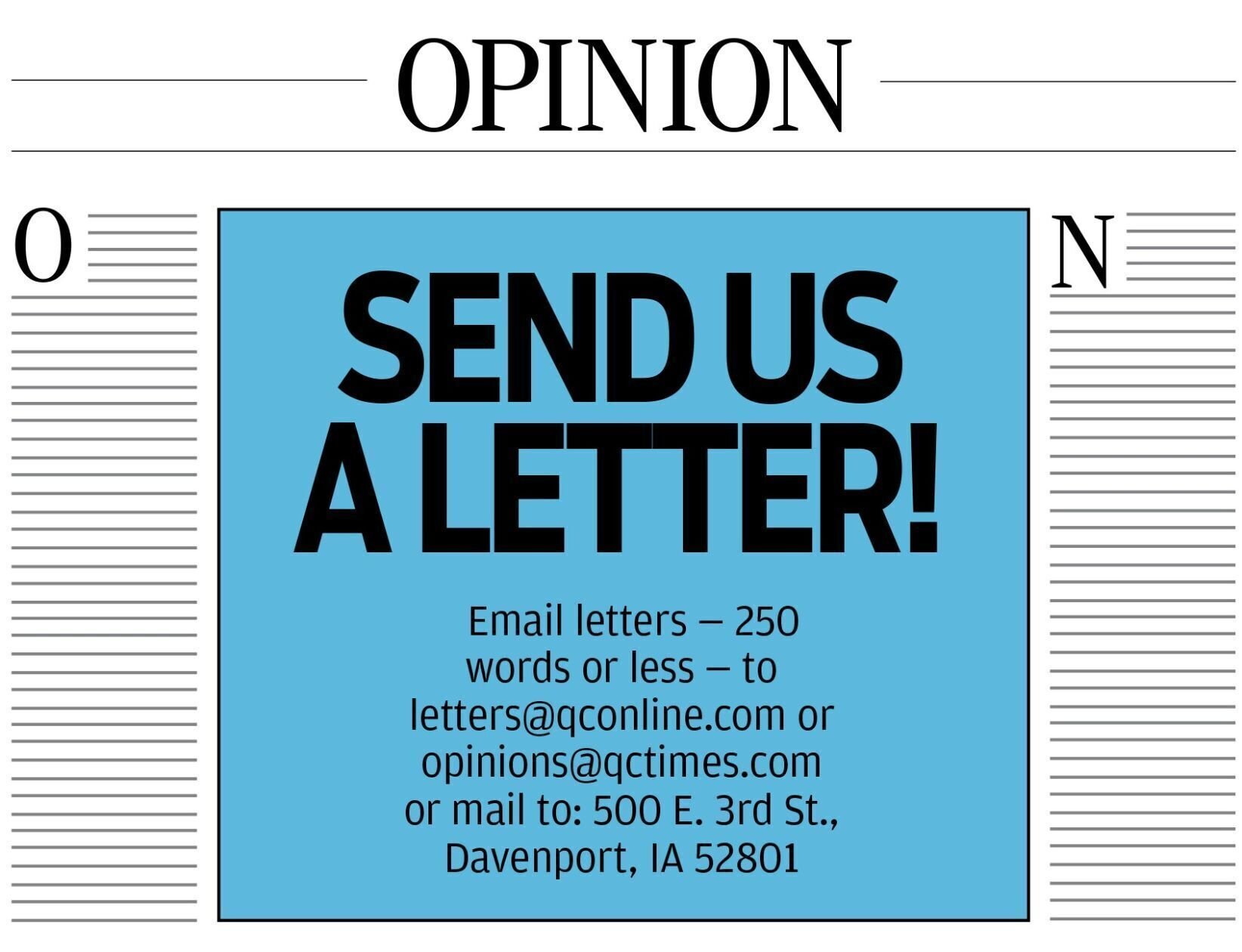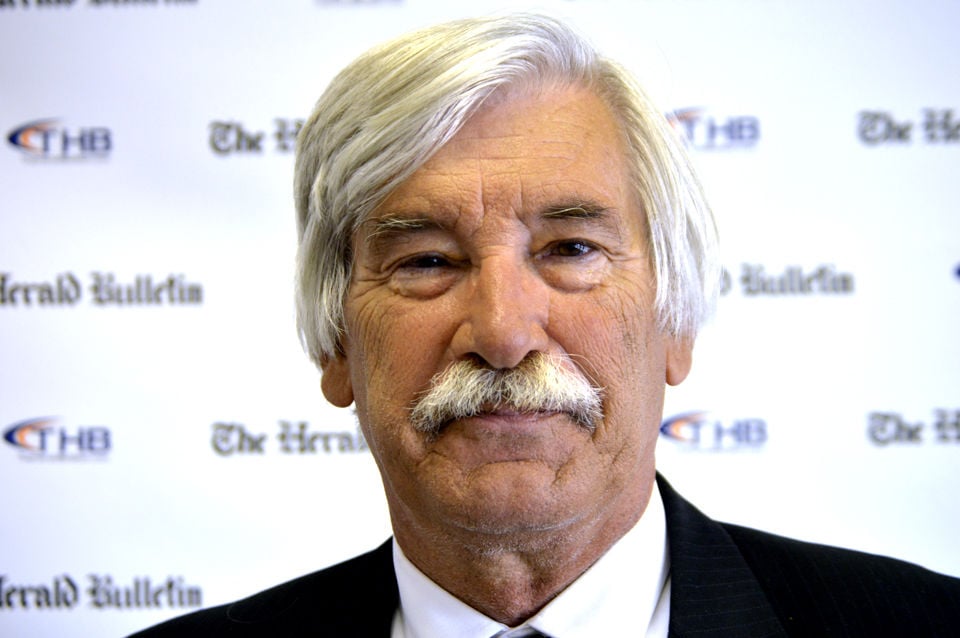In a world of constant upheaval, today’s CEOs are rewriting the rules of leadership by embracing flexibility, learning from losses, and steering their organizations through turbulent times. Facing unprecedented pressures, leaders like Zak Brown and Ivan Espinosa exemplify the shift toward agility and resilience in the corporate arena.
The CEO mindset is shifting. It’s no longer all about winning

Key Takeaways:
- CEOs are shifting focus from solely winning to learning from failure and making incremental improvements.
- Record-high CEO turnover rates indicate the increasing pressures and demands on executive leadership.
- Flexibility, alignment, and agility are essential qualities for modern CEOs amidst complex business landscapes.
- Political and regulatory interventions are significantly impacting executive decision-making and strategic planning.
- Integration of artificial intelligence is a top priority, with boards holding CEOs accountable for swift implementation.
The Shifting CEO Mindset
In today’s rapidly evolving business landscape, CEOs are navigating a minefield of geopolitical shocks, economic volatility, technological advancements, and shifting consumer behaviors. The traditional playbook for leadership is being rewritten in real time, and a new mindset is emerging—one that emphasizes resilience, learning from failure, and continuous improvement.
Learning from Failure: Zak Brown’s Approach
“I hate to lose,” admits Zak Brown, CEO of McLaren Racing. “There are two types of successful people: those motivated by the thrill of victory and those [motivated] by the fear of defeat.” Brown places himself firmly in the latter category. Rather than fostering a fear of failure within his organization, he inspires his team to strive for incremental gains every day.
“You lose a lot more than you win,” Brown, a former professional racer, explains. “So you’ve got to get good at losing and use that as motivation to do better next time. If you have a crash, you get right back in the car. You’ve got to learn from mistakes, but then move on.”
By cultivating an environment where momentum is maintained through daily improvements, Brown exemplifies the shift from a win-at-all-costs mentality to one that values growth and resilience.
Navigating Turbulence: High CEO Turnover Rates
The corporate world is witnessing unprecedented turnover at the executive level. In 2024, a record 2,221 CEOs stepped down, according to a June report from Challenger, Gray & Christmas. This trend has persisted into 2025, with CEO changes at U.S. companies rising 11% from January to February. The 247 CEO exits in February nearly matched the all-time high recorded in the same month of the previous year.
These figures underscore the immense pressures and demands placed on today’s leaders, who must adapt swiftly to an array of challenges or risk being replaced.
Flexibility and Alignment: Insights from Ivan Espinosa
Ivan Espinosa, who assumed the role of CEO at Nissan in April, acknowledges the demanding nature of the current business environment. “Keep the optimism up, because the environment is very tough, and you don’t want to get overwhelmed,” he advises. “If you get overwhelmed, you can paralyze, and paralysis is not what you need in the current environment. You need to keep moving.”
Within weeks of his appointment, Espinosa introduced major restructuring plans at Nissan, including job and plant reductions. He stresses the importance of team alignment and shared objectives. “What you cannot afford in today’s very complex situation is to have a team that doesn’t have the same goals and is not sharing the same objectives,” he notes.
Flexibility, according to Espinosa, is “non-negotiable.” He observes that while some leaders in the past were resistant to change, modern CEOs must remain open and adaptable.
Political Influence on Decision-Making: Andrea Orcel’s Perspective
External forces such as political and regulatory interventions are increasingly shaping executive decision-making. Andrea Orcel, CEO of UniCredit, highlights this growing influence: “There is now a new factor that all of us need to take into consideration. And that new factor is government or political intervention.”
He emphasizes that national interests are becoming central to strategic planning and execution. “Everything else can be perfect, but if that [government] view has a different view, it doesn’t go forward,” Orcel explains.
His remarks come in the context of UniCredit’s attempts to expand its European footprint through potential mergers—efforts that have faced resistance from national governments.
The AI Accountability Era
As artificial intelligence reshapes industries, CEOs are under immense pressure to integrate new technologies swiftly. Ravin Jesuthasan, a global thought leader on the future of work, notes that boards are increasingly holding CEOs accountable for how quickly they can implement AI within their organizations.
“Every CEO is going to be held accountable for how quickly she gets AI implemented in the organization and having AI really transforms the organization,” Jesuthasan says. “Boards are actively looking at that.”
This demand for rapid technological integration goes hand in hand with expectations for greater resource efficiency. Jesuthasan recounts a conversation with a CFO who stated, “We’ve grown 3x over the last five years. In the next five, I’ll need 50% less fixed capital and 50% fewer people to deliver the same growth.”
Preparing for Tomorrow
The evolving challenges require CEOs to be adaptable, forward-thinking, and unafraid to act. As Zak Brown succinctly puts it, “What was good enough yesterday won’t be good enough tomorrow.”
As a new generation of leaders steps into the spotlight, they must embrace this new mindset—balancing the demands of technological advancement, economic uncertainty, and political influences while fostering resilience and continuous improvement within their organizations.











